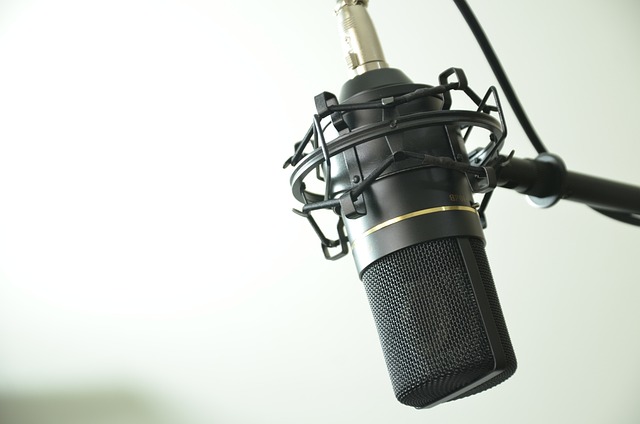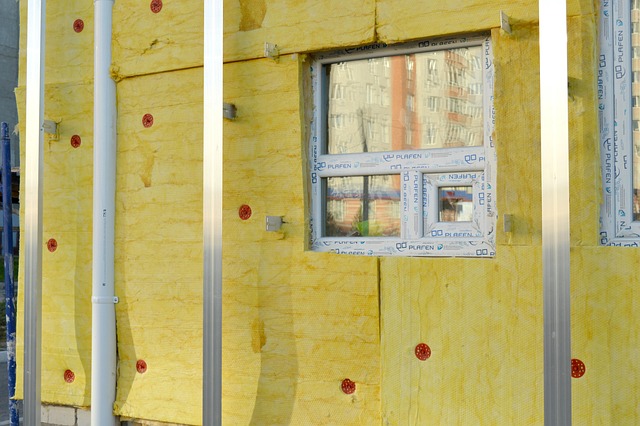Understanding the Importance of a Quality Conference Sound System
In the bustling world of conferences and corporate events, a conference sound system serves as the backbone of effective communication. It’s more than just wires, microphones, and speakers; it’s about crafting an environment where ideas are shared, connections are made, and messages resonate. The right audio setup can elevate a presentation from mundane to mesmerizing, ensuring that every participant can hear and engage without straining to catch a single word.
Key Components of a Conference Sound System
Building a successful conference sound system involves understanding its key components:
- Microphones: Whether you choose handheld, lapel, or shotgun microphones, ensuring sound clarity is paramount. Each type has its ideal use case; for instance, lapel mics are excellent for presenters who are on the move.
- Mixers: This is where the magic happens. A quality mixer allows you to control the volume levels, blending various audio inputs harmoniously to avoid feedback and distortion.
- Speakers: Depending on the size of your venue, selecting the right type and number of speakers can make all the difference. From omnidirectional to directional sound, the speaker choice impacts how sound travels across space.
- Accessories: Cables, stands, and DI boxes may seem minor, but poor quality can lead to significant audio issues. Always opt for durable, high-quality accessories.
Acoustic Considerations for Your Venue
The physical space where your conference is held plays a crucial role in how the sound travels. Factors such as ceiling height, wall materials, and crowd size can all affect audio quality. Here are some tips:
- Test Before the Event: Always conduct sound checks to identify potential acoustic challenges. This testing phase allows you to adjust speakers and microphones as needed.
- Use Acoustic Treatment: Sound-absorbent materials, such as curtains and carpets, can help dampen reverberation, allowing for clearer audio.
- Plan Speaker Placement: Positioning speakers correctly can help ensure that sound covers the entire room without creating dead zones.
Engaging Your Audience with Technology
Modern technology offers an array of tools to enhance the experience of both presenters and attendees:
- Wireless Systems: Say goodbye to cumbersome cables! Wireless microphones and transmitters provide freedom for speakers to move around and interact with the audience.
- Live Streaming: Consider integrating live streaming capabilities. This not only broaden the reach of your conference but also ensures that remote participants enjoy the same quality audio as those in the room.
The Importance of Professional Help
If mastering the intricate details of a conference sound system feels daunting, consider hiring professionals. Audio specialists can provide expertise in system setup, sound mixing, and troubleshooting, ensuring a seamless experience for everyone involved.
Ready to Elevate Your Conference Experience?
Mastering a conference sound system is about more than just technical knowledge—it’s about creating a memorable experience that resonates with participants. By investing time and thought into your audio setup, you can transform a simple conference into an engaging and impactful event. Tailor your sound system to your audience, consider the venue’s unique characteristics, and above all, ensure clarity above all else. Happy planning!



